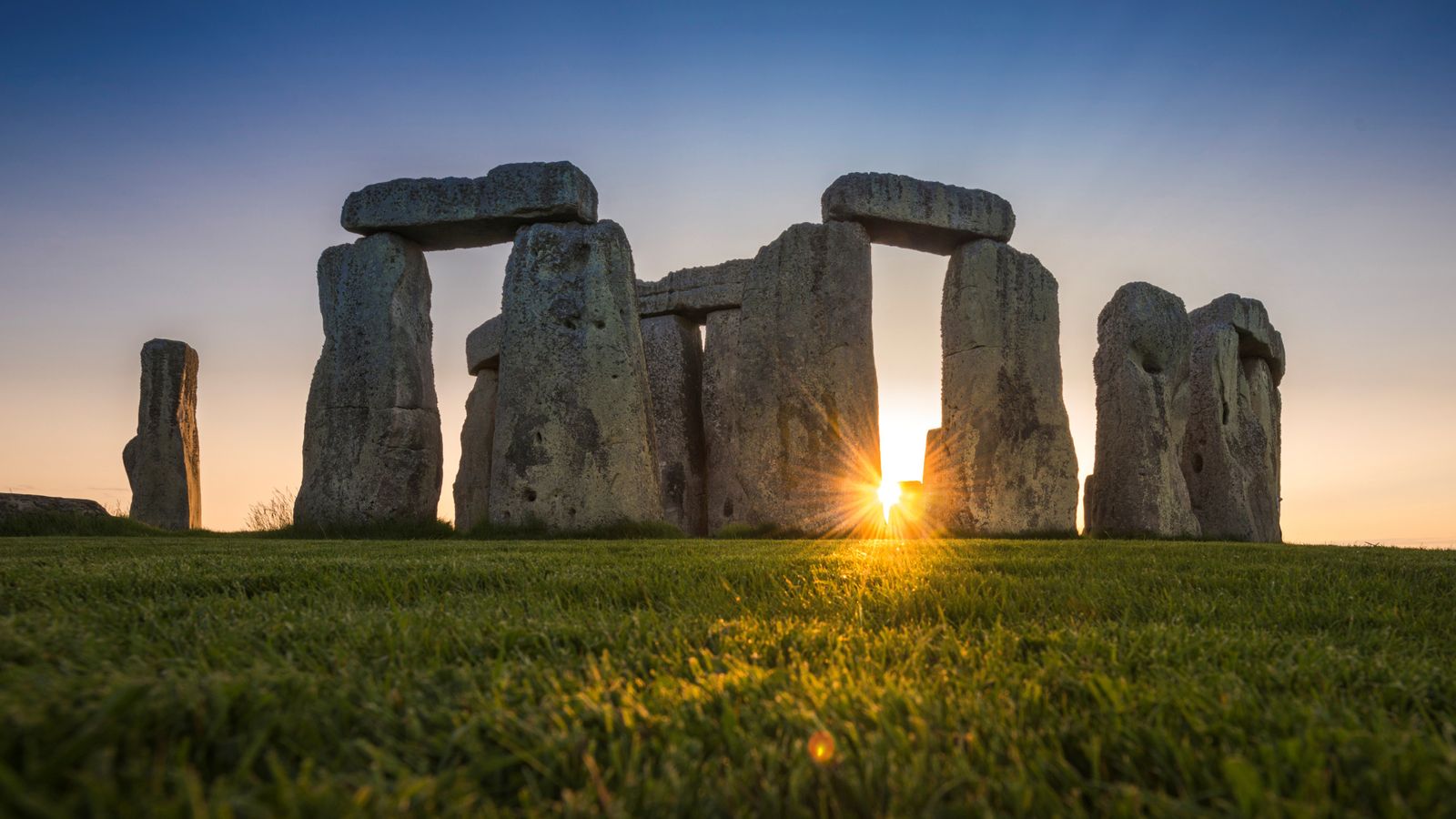A comet that was last seen when Neanderthals roamed the Earth is about to make an appearance again, as it swings through orbit towards us.
The A3 comet is described as "the most impressive comet of the year" by the Royal Greenwich Observatory and should be visible to the naked eye if the conditions are right.
The comet, also known as C/2023 A3 (Tsuchinshan-Atlas), was discovered in January 2023 and visits the inner solar system roughly every 80,000 years.
It comes from the Oort Cloud, a huge shell that surrounds our solar system.
NASA describes the Oort Cloud as a "big, thick-walled bubble made of icy pieces of space debris the size of mountains and sometimes larger".
It's thought that most long-period comets, like the A3 comet, come from the Oort Cloud.

It orbits the sun in an elongated path, and gets very close to our star.
That means there is a risk it falls apart as it orbits past the sun, meaning we would not see anything when it comes back around past Earth.
Top tips for photographing the night sky
Welsh astrophotographer Dafydd Wyn Morgan gives some top tips for people take pictures of night-sky spectaculars.
Tip one: Get to know your local area's darkest spots
"Seek out somewhere where you live which has minimal light pollution," says Mr Morgan.
Plan ahead as to where you're going to spend the night - make sure it is safe and you're allowed to be there, and let someone know where you're going.
Tip two: Give stargazing a go first
"Get to understand what you can see in the night sky. What are you looking at?" Mr Morgan says.
This will help you understand where to look in the sky, the speed at which things move and the kind of celestial events you're most interested in.
There are lots of stargazing apps you can use to understand what you're looking at - although make sure your screen brightness is down so you can still see in the dark!
Tip three: Try using your phone to snap some pictures
Although a fancy camera will give you more options, Mr Morgan says you can start with your phone and still get great results without having to spend lots of money.
Read in full here
People in the southern hemisphere and some near the equator have already spotted the A3 comet, which shows it was in a good condition when it zipped past Earth on its way to the sun.
Read more from science and technology:
Inside the UK's first fossil fuel-free flying school
Elon Musk lashes out after 'summit snub'
'Mini-moon' about to enter Earth's orbit
When it comes back around, the northern hemisphere will get a better chance to spot the comet.

Follow Sky News on WhatsApp
Keep up with all the latest news from the UK and around the world by following Sky News
The best time to spot the A3 comet here in the northern hemisphere will be between the 12 and 30 October if you look to the west just after sunset, according to the Royal Greenwich Observatory.
Although good weather conditions should make the comet visible to the naked eye, a pair of binoculars or a telescope will help get a better view.

 2 months ago
33
2 months ago
33























 English (US)
English (US)